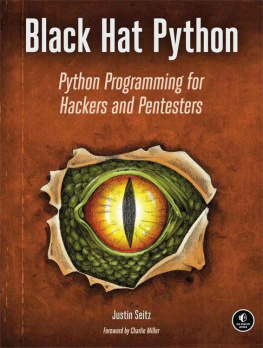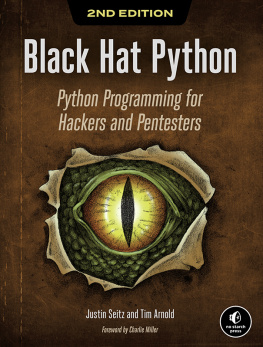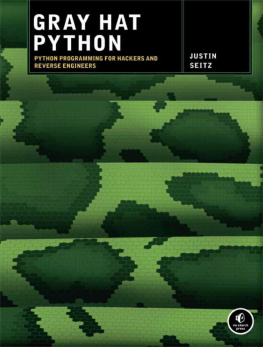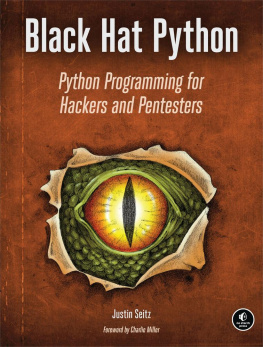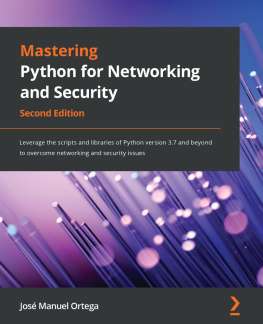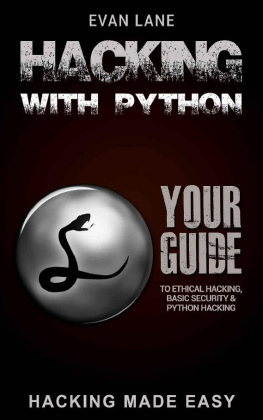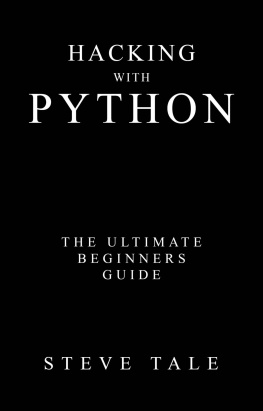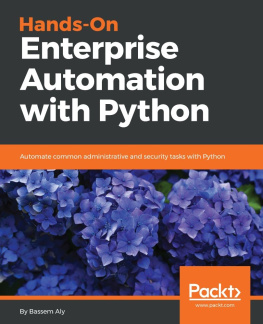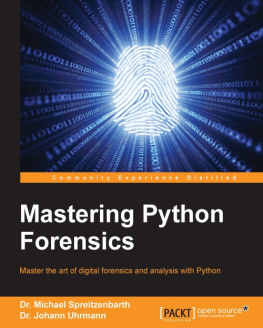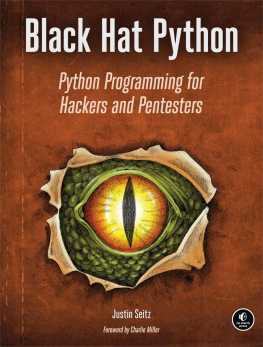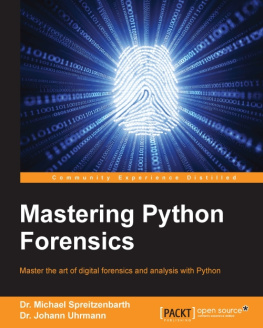Python is still the dominant language in the world of information security, even if the conversation about your language of choice sometimes looks more like a religious war. Python-based tools include all manner of fuzzers, proxies, and even the occasional exploit. Exploit frameworks like CANVAS are written in Python as are more obscure tools like PyEmu or Sulley.
Just about every fuzzer or exploit I have written has been in Python. In fact, the automotive hacking research that Chris Valasek and I recently performed contained a library to inject CAN messages onto your automotive network using Python!
If you are interested in tinkering with information security tasks, Python is a great language to learn because of the large number of reverse engineering and exploitation libraries available for your use. Now if only the Metasploit developers would come to their senses and switch from Ruby to Python, our community would be united.
In this new book, Justin covers a large range of topics that an enterprising young hacker would need to get off the ground. He includes walkthroughs of how to read and write network packets, how to sniff the network, as well as anything you might need for web application auditing and attacking. He then spends significant time diving into how to write code to address specifics with attacking Windows systems. In general, Black Hat Python is a fun read, and while it might not turn you into a super stunt hacker like myself, it can certainly get you started down the path. Remember, the difference between script kiddies and professionals is the difference between merely using other peoples tools and writing your own.
St. Louis, Missouri
Preface
Python hacker. Those are two words you really could use to describe me. At Immunity, I am lucky enough to work with people who actually, really, know how to code Python. I am not one of those people. I spend a great deal of my time penetration testing, and that requires rapid Python tool development, with a focus on execution and delivering results (not necessarily on prettiness, optimization, or even stability). Throughout this book you will learn that this is how I code, but I also feel as though it is part of what makes me a strong pentester. I hope that this philosophy and style helps you as well.
As you progress through the book, you will also realize that I dont take deep dives on any single topic. This is by design. I want to give you the bare minimum, with a little flavor, so that you have some foundational knowledge. With that in mind, Ive sprinkled ideas and homework assignments throughout the book to kickstart you in your own direction. I encourage you to explore these ideas, and I would love to hear back any of your own implementations, tooling, or homework assignments that you have done.
As with any technical book, readers at different skill levels with Python (or information security in general) will experience this book differently. Some of you may simply grab it and nab chapters that are pertinent to a consulting gig you are on, while others may read it cover to cover. I would recommend that if you are a novice to intermediate Python programmer that you start at the beginning of the book and read it straight through in order. You will pick up some good building blocks along the way.
To start, I lay down some networking fundamentals in where we will cover some Windows privilege escalation tricks. The final chapter is about using Volatility for automating some offensive memory forensics techniques.
I try to keep the code samples short and to the point, and the same goes for the explanations. If you are relatively new to Python I encourage you to punch out every line to get that coding muscle memory going. All of the source code examples from this book are available at http://nostarch.com/blackhatpython/ .
Here we go!
Acknowledgments
I would like to thank my family my beautiful wife, Clare, and my five children, Emily, Carter, Cohen, Brady, and Mason for all of the encouragement and tolerance while I spent a year and a half of my life writing this book. My brothers, sister, Mom, Dad, and Paulette have also given me a lot of motivation to keep pushing through no matter what. I love you all.
To all my folks at Immunity (I would list each of you here if I had the room): thanks for tolerating me on a day-to-day basis. You are truly an amazing crew to work with. To the team at No Starch Tyler, Bill, Serena, and Leigh thanks so much for all of the hard work you put into this book and the rest in your collection. We all appreciate it.
I would also like to thank my technical reviewers, Dan Frisch and Cliff Janzen. These guys typed out and critiqued every single line of code, wrote supporting code, made edits, and provided absolutely amazing support throughout the whole process. Anyone who is writing an infosec book should really get these guys on board; they were amazing and then some.
For the rest of you ruffians that share drinks, laughs and GChats: thanks for letting me piss and moan to you about writing this book.
Chapter 1. Setting Up Your Python Environment
This is the least fun but nevertheless critical part of the book, where we walk through setting up an environment in which to write and test Python. We are going to do a crash course in setting up a Kali Linux virtual machine (VM) and installing a nice IDE so that you have everything you need to develop code. By the end of this chapter, you should be ready to tackle the exercises and code examples in the remainder of the book.
Before you get started, go ahead and download and install VMWare Player.[] I also recommend that you have some Windows VMs at the ready as well, including Windows XP and Windows 7, preferably 32-bit in both cases.
Installing Kali Linux
Kali is the successor to the BackTrack Linux distribution, designed by Offensive Security from the ground up as a penetration testing operating system. It comes with a number of tools preinstalled and is based on Debian Linux, so youll also be able to install a wide variety of additional tools and libraries beyond whats on the OS to start.

